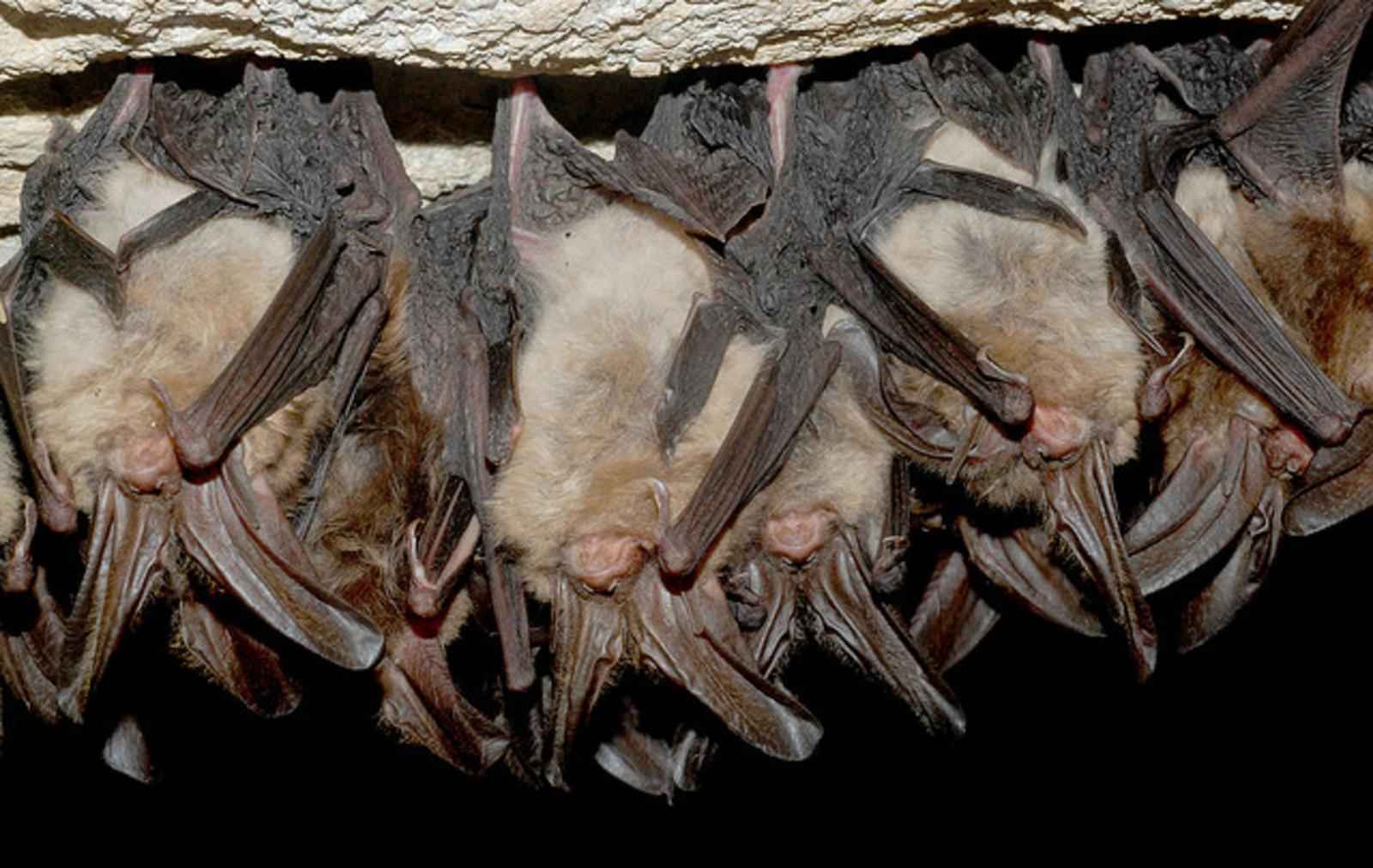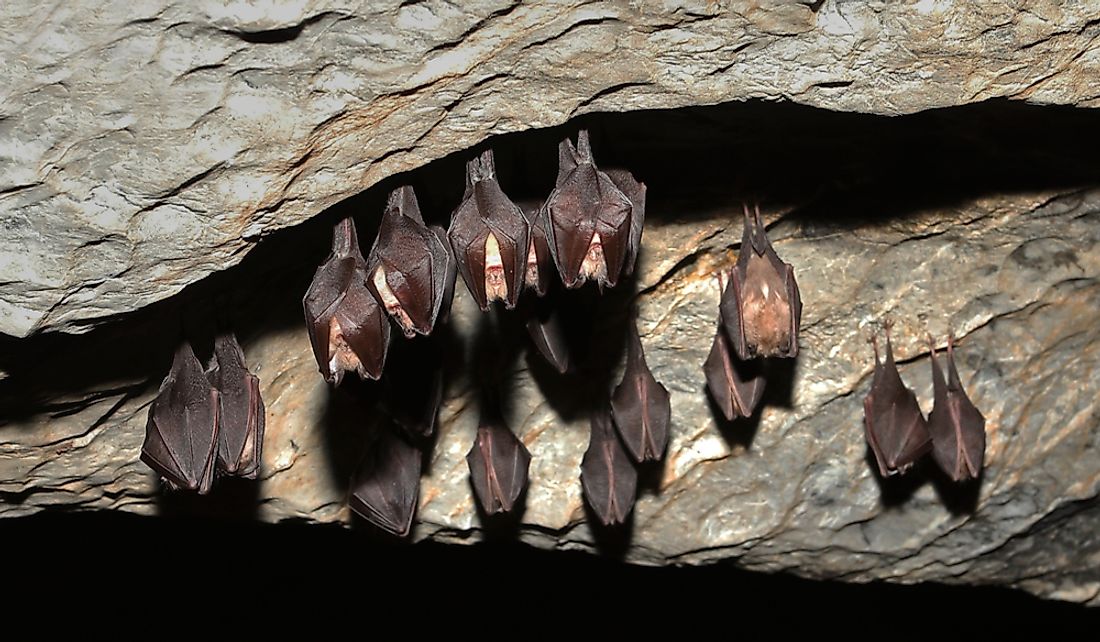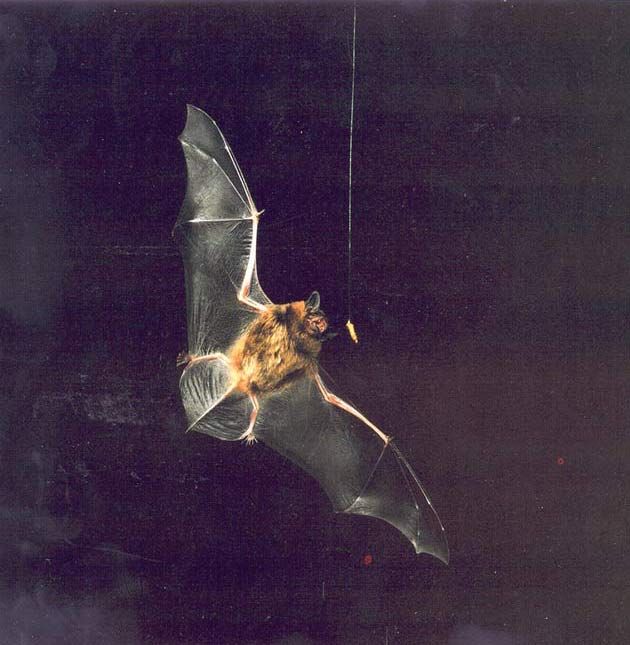

Small brown bats generally flock to caves or mines. The fungus grows on hibernating bats, irritating and possibly dehydrating them so they wake up. Bats hibernate by altering their body temperature and metabolism. In North America, white-nose syndrome has been associated with the deaths of 5.5 million bats since 2006.The females then store the sperm and do not become pregnant until the spring. Bats mate during the autumn and sometimes into the winter when they hibernate.Bats hibernate in most climes between the months of October and March.


When bats hibernate, they prefer cooler spaces, such as caves. With their forelimbs adapted as wings, they are the only mammals capable of true and sustained flight.Bats are more agile in flight than most birds, flying with their very long spread-out digits covered with a thin membrane or patagium. While some bats do, other bats simply migrate. They gorge before the winter, and when winter comes, they have enough fat to keep them through until it is time to wake up again. Bats are mammals of the order Chiroptera. However, not all kinds of bats hibernate. They accomplish this by dropping their body temperature and slowing. Pipistrelles are our most common bats, but we don’t know where they all go in winter! We have not found enough hibernation roosts to account for the numbers we see in the summer months. Yes, bats do hibernate, but its not the same kind of deep sleep that other animals like groundhogs do. They will hibernate anywhere there is a warm space, but usually they will look for dark areas that do not get much use. Hibernating bats make it through such a deep slumber which can last over six months on only a few grams of stored fat.They often move into underground sites, such as caves. Hibernation is an extended period of deep sleep (or torpor) that allows animals to survive cold winters with harsh. Bats can also come out of torpor during this for periods of around 24 hours, so don’t be surprised to see or hear them. They will come out of hibernation in the spring, usually April at the latest. During hibernation, bats need roosts that are cool and remain at a constant temperature. When Do Bats Hibernate Bats will begin to hibernate around late autumn, in late October and early November. A bat’s body temperature lowers and their metabolic rate slows, meaning they use less energy and can survive on the fat they have stored up instead of trying to forage for food. For most migrating species in the northeast bats, leave colonies for winter hibernation sites by the first week of September, but some species (big brown bats. Hibernation is an extended period of deep sleep (or torpor) that allows animals to survive cold winters with harsh weather.


 0 kommentar(er)
0 kommentar(er)
